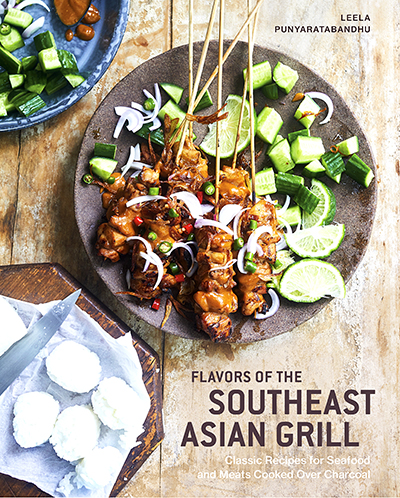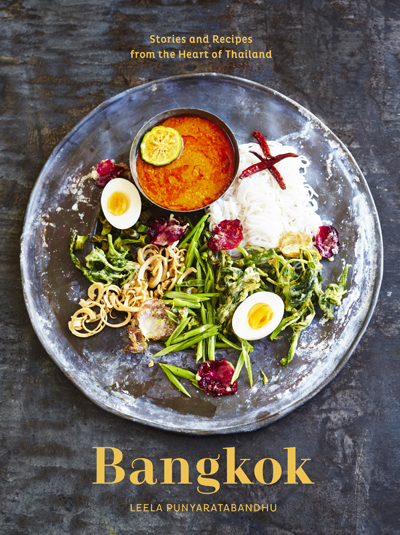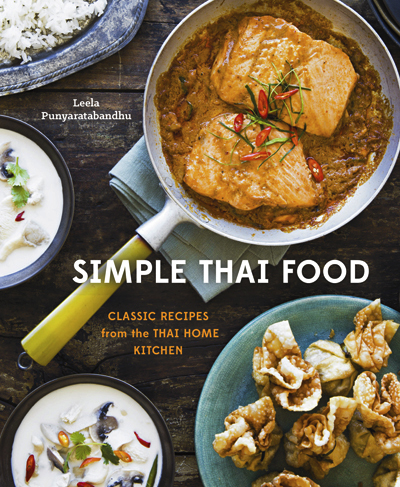
This classic Thai dessert is great warm, at room temperature, cold, or topped with crushed ice. It’s also pretty easy to make. You need baby or nino bananas, though; regular cavendish bananas turn all mushy and weird in the simmering syrup.1 And don’t skip the coconut cream topping; it is the vehicle for the saltiness that this sweet dessert desperately needs.
Baby Bananas in Heavy Syrup (Kluay Khai Chueam กล้วยไข่เชื่อม)
Printable Version
10 under-ripe baby bananas2, peeled and soaked in salted water for 5 minutes3
1.5 cup water
1.5 cup granulated sugar
1 cup coconut milk
3 tablespoons rice flour or 2 tablespoon all-purpose flour
1 teaspoon salt
1 This is why traditionally only nino bananas (Kluay Khai) and burro bananas (Kluay Nam Wa) and never cavendish bananas (Kluay Hom) are used to make this dessert. Having said that, I’ve used cavendish before solely out of necessity and, though it didn’t yield optimal result, it wasn’t abominable. If you really can’t find nino or burro, which can be hard to find, feel free to use cavendish. Pick ones that aren’t so ripe; otherwise, they fall apart on you after cooking.
2 They should be about 50% yellow and 50% green.
3 Do not skip this step. The salted water will help remove much of the sticky substance on bananas that are under-ripe. Failure to do this will result in unsightly brown spots on the cooked bananas. A tablespoon of salt for every quart (32 fluid ounces) of water should do.











Comments are closed.